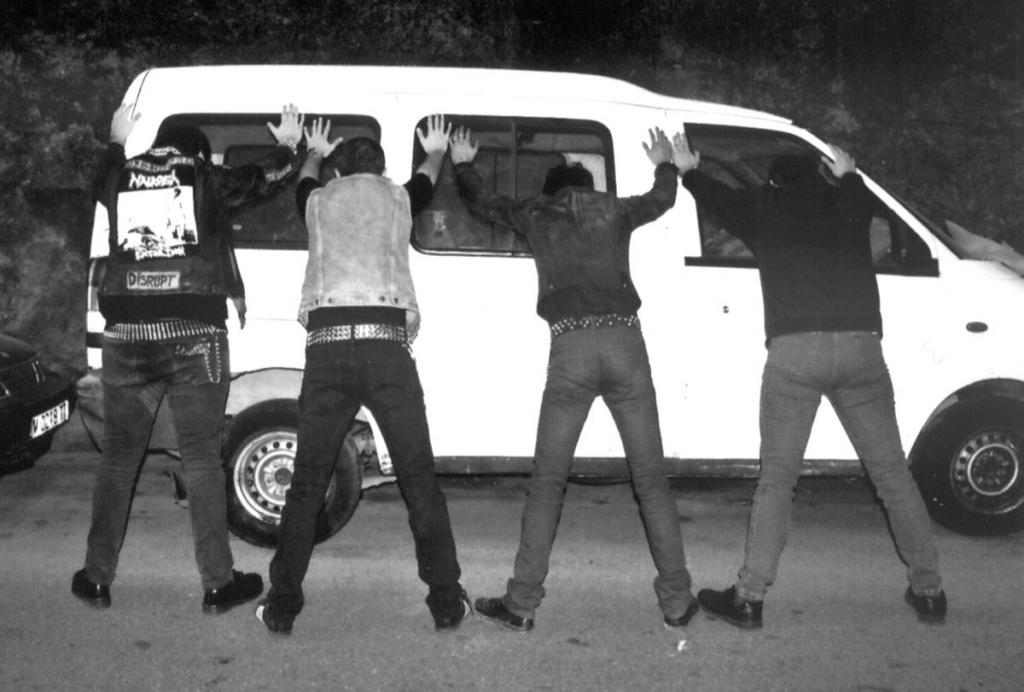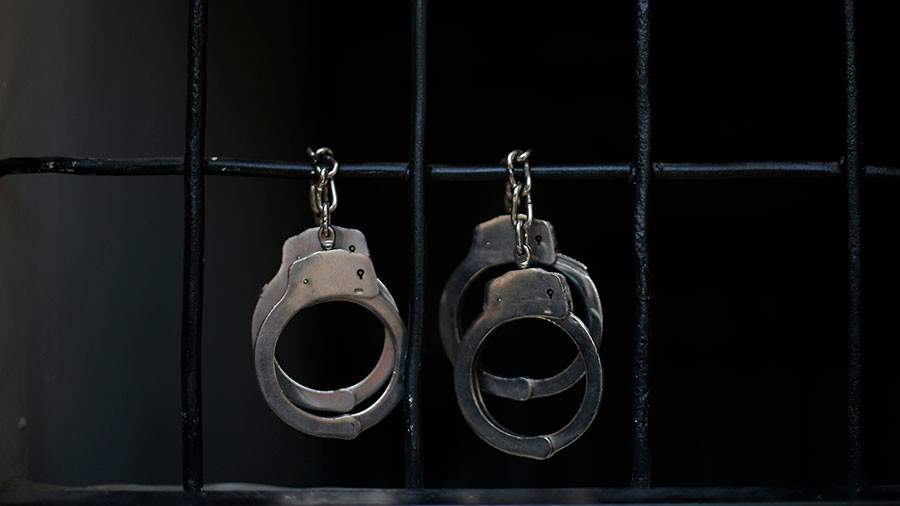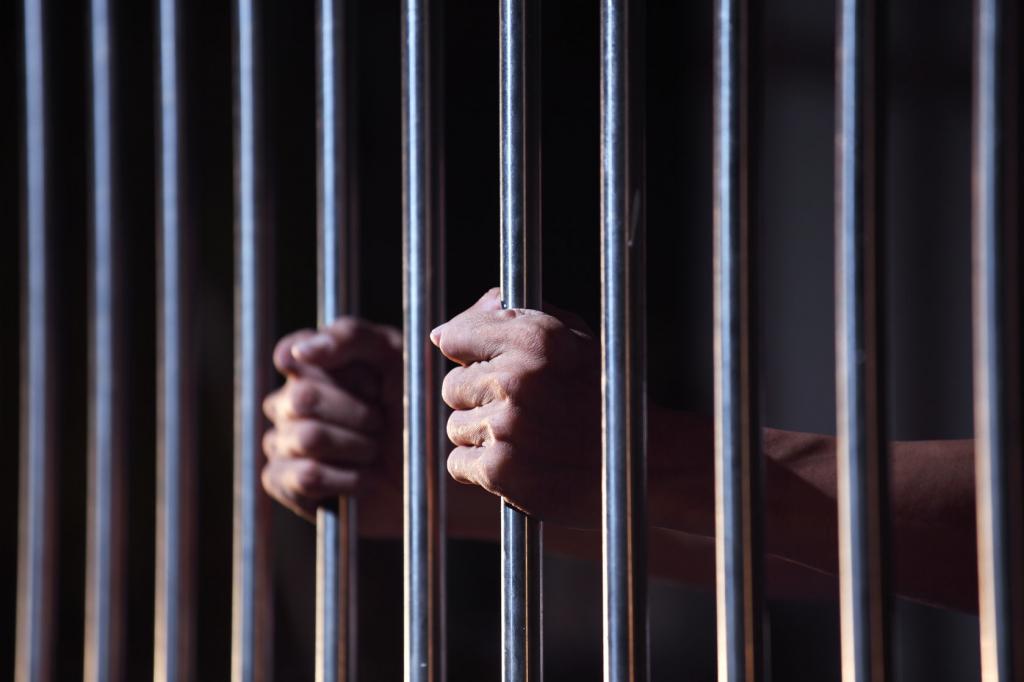The concept of complicity in a crime at first glance seems simple and understandable. In everyday life, we often hear a similar formulation and do not try hard to delve into the depths of the meaning of this expression.
Despite the superficial evidence, this term has a rather complex definition in terms of the Code of Criminal Procedure. To begin with, it is important to understand what a crime is.
From the point of view of the Criminal Code of the Russian Federation, an act is recognized as a crime that represents a danger to society and is liable to punishment, which is characterized by psychological or physical involvement (guilt) of a person.

What are the signs of complicity?
For the correct identification of signs, it is necessary to refer again to the Criminal Code, article 32, the concept of complicity in a crime in which is defined as "intentional joint participation of two or more persons in the commission of an intentional crime."
So, the main signs are divided into two types:
- objective;
- subjective.
Objective in criminal law is divided into quantitative and qualitative, which in the process of investigation may affect the choice of preventive measure (punishment). Quantitative means the participation of 2 persons or more, at the age subject to criminal liability, in the commission of a criminal act.
Qualitative signs make it possible to determine the degree of participation of the persons in question in the commission of the crime, what roles they performed, identical or clearly distributed.
Subjective signs allow us to approach the issue of complicity on the other hand, namely, determine whether there was a joint intent to commit a crime, which may imply both awareness and the identification of a clear desire to commit an illegal act.
The degree of involvement is determined by the form of complicity

When analyzing the term of complicity in a crime, the concept of the form of complicity allows a deeper assessment of the severity of the crime and the seriousness of the possible consequences.
First of all, forms are distinguished by the degree of involvement:
- Collaboration in the absence of prior conspiracy.
- Complicity in the presence of preliminary conspiracy.
Participation in a crime is recognized as actions committed jointly. Whether a preliminary conspiracy was determined during the investigation.
It is also accepted to divide the forms according to the qualitative nature of the crime:
- Simple complicity.
- Complicated complicity.
Participation in a crime is recognized as simple if each person in the process of committing an act performed identical functions.
Complicated complicity is characterized by the division of roles between the perpetrators of the crime, separate the performer and other interested parties.
It is also accepted, in accordance with the Criminal Code of the Russian Federation, article 35, to highlight a number of features in the commission of a crime in the forms of simple and complex complicity.
The action was committed by a group of persons in the absence of a preliminary conspiracy
In criminal practice, a crime committed by a group of persons without prior conspiracy is considered the simplest form of complicity. Most often, under such conditions, deliberate joint commission of a crime is recognized as complicity in a crime, where persons became accomplices at the beginning of the direct execution of an action.
A preliminary agreement in such cases may take place, but so superficial and insignificant that it is customary not to take it into account. Complicity in this form is recognized, but not burdened by additional subjective symptoms.
The action was committed by a group of persons in the presence of a preliminary conspiracy

This form is considered more dangerous in criminal practice, although it implies a degree of collusion as insignificant.
When a crime is committed by a group of persons with a preliminary conspiracy, an agreement takes place that took place shortly before the start of the criminal act. In the process of action, conspiracy can be expressed in words, gestures, glances.
In this case, under the complicity in a crime is the intentional participation of persons who had an idea of the place, method and time of the crime.
Crime committed by an organized group
The main factor that allows one to determine complicity in this form is the presence of a well-developed action plan.
An organized group in this context is a group of two or more people who have previously united to commit a crime. The group most often has a rigid composition and its own style of committing a criminal offense (they use identical methods in the case of several crimes). Often, the responsibilities within such a group are clearly divided by role, which allows the crime to be attributed to a form of complex complicity.
Participation in this form lasts a long time, the crime is carefully thought out and planned in advance, the roles between criminals are distributed and well known within the group. Oddly enough, some participants may not participate in the commission of the criminal act itself, but this will not save them from criminal liability under the Criminal Code of the Russian Federation.

Crime committed by the criminal community
In other words, this is organized crime, and membership in a criminal community is recognized as complicity in a crime. In criminal practice, the most complex and dangerous form of joint crime. Such a community can be either a separately formed organized group, or an association of several groups under a single leadership.
In contrast to the form considered above, this case is characterized by a complex internal structure of the community. Such entities are usually headed by a single leader (leader) or a group of persons (council of leaders).
The goals, methods and types of crimes are clearly defined, deviations are not allowed, are under the watchful supervision of the head of the community. It is extremely difficult to determine the scope and size of the criminal community, all the activities of the members of the composition are subject to a single plan (can be compared with a business plan). There is a clear hierarchy of the distribution of roles in the preparation and commission of a crime, changes can only occur with the consent of higher ones.
It should be noted that in the investigation of crimes committed by the criminal community, the main difficulty is the determination of the full composition of the accomplices. When choosing the level of punishment in the framework of the Criminal Code, the degree of guilt is largely determined by the role in the hierarchy of the community.

Types of Actors
Figuratively speaking, the main roles in the execution of the crime are:
- Executor.
- Organizer.
- Instigator.
- Accomplice.
To determine all the nuances of illegal actions in criminal practice, it is very important to identify the very fact of complicity in the crime, the types of interested persons (accomplices), their degree of responsibility (role). If you miss a moment, you can miss the criminal.
Why is the performer important?

The performer is the central person in the commission of a crime.He can carry out a criminal act on his own alone, can be part of a group of accomplices, or commit a crime through persons who, by age, cannot be held criminally liable. It is the performer who enforces the basic plan of all other participants in the crime.
The performer can be mediocre when he acts not with his own hands, sometimes even with the help of animals, and direct when the crime is committed by him personally.
How to determine the organizer?
Unlike the role of the performer, the organizer is not involved in the direct action of a criminal nature. This is the person who planned, organized, and directed the process of committing the crime.
The organizer can be determined by a number of signs in the criminal community:
- Development of the idea of a crime, its initiation.
- A clear distribution of responsibilities between persons (participants in the crime).
- Remote coordination of the main actions.
- In the case of the criminal community, it can set goals without being interested in who will act as an executor.
The organizer is considered the most dangerous among other types of accomplices.

The instigator pursues personal goals
Incitement can be expressed in different ways, have different approaches. The instigator himself is a person who persuaded, perhaps persuaded, another person to commit a criminal act. Among the main methods of work of the instigator are:
- Persuasion - is defined as the inclination to a crime, which in the end will bring any benefit to all of his accomplices, or satisfy unhealthy psychological ambitions.
- Threats are an aggressive form of incitement when, in order to achieve a goal, threats to the life of a loved one, family or abetted person are used.
- Bribery - is expressed in financial gain, either before the commission of the crime, or in the division received after the criminal act.
Incitement is considered successful if another person has been persuaded to commit a crime, to instill the idea of necessity, to choose the conditions for joint benefit.
Is an accomplice important in crime?
An accomplice in a crime can be determined by a number of actions performed by him:
- advice on organizing a crime;
- a promise to harbor or harboring persons involved in a criminal act;
- a promise to acquire or purchase items that are involved in organizing and executing a crime.
In simple terms, complicity in a crime is recognized as the organization of the most convenient conditions for the participants in the crime. This can be expressed both in material assistance, and in intellectual or informational.
Participation in a crime in the Criminal Code is a multifaceted and often ambiguous concept, but if it is detected as part of a crime, each accomplice will have to answer for his actions under the Criminal Law of the Russian Federation.
